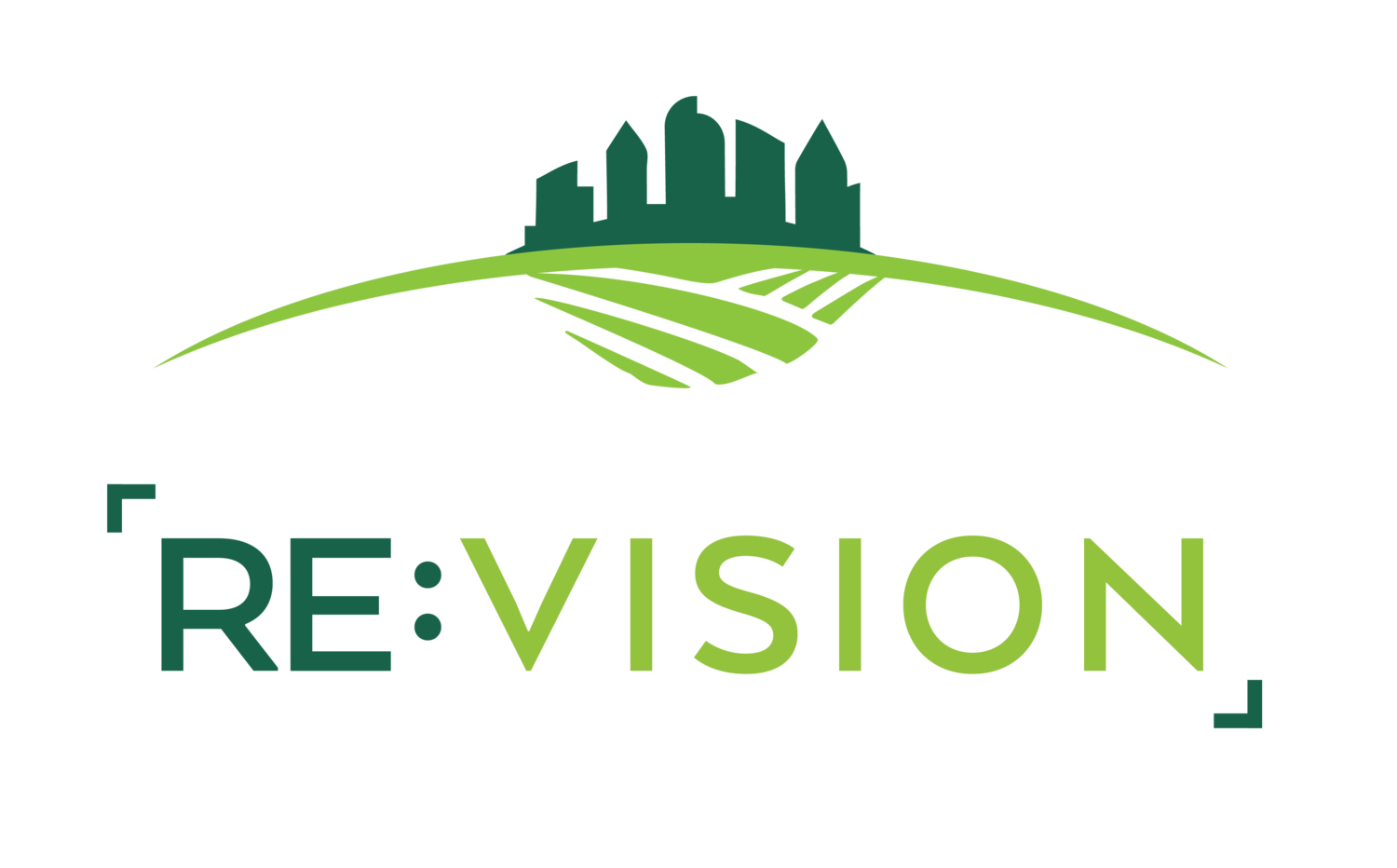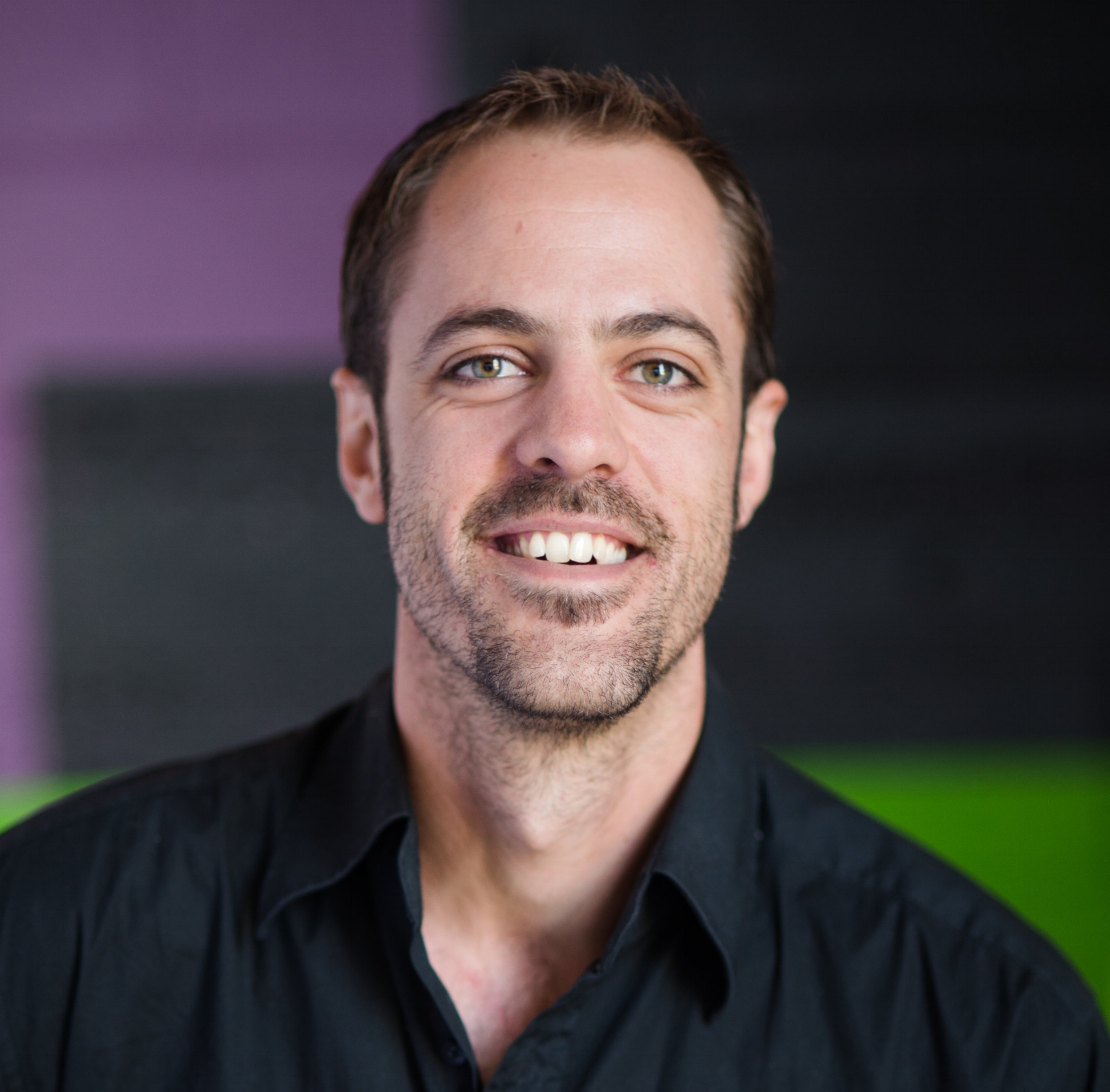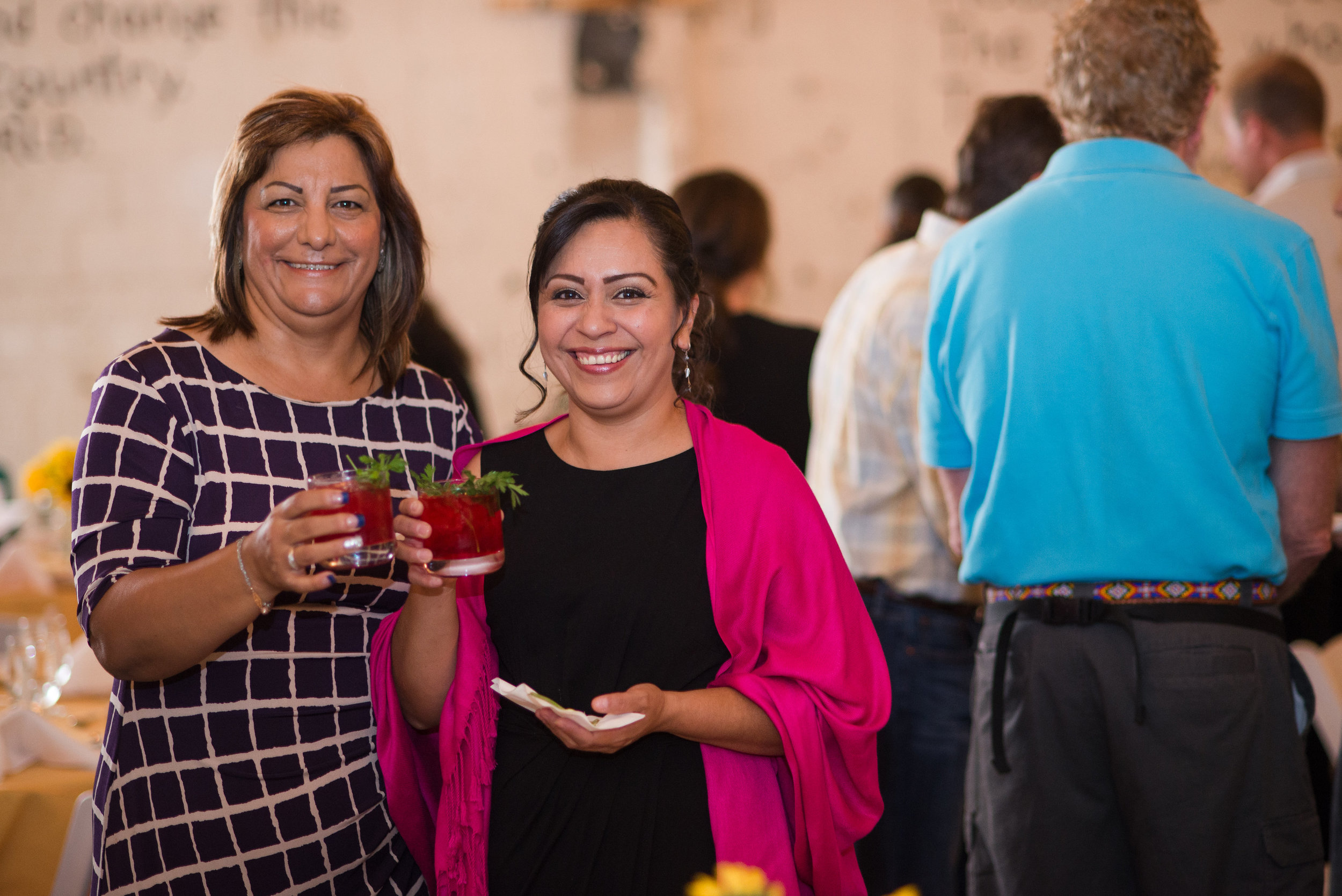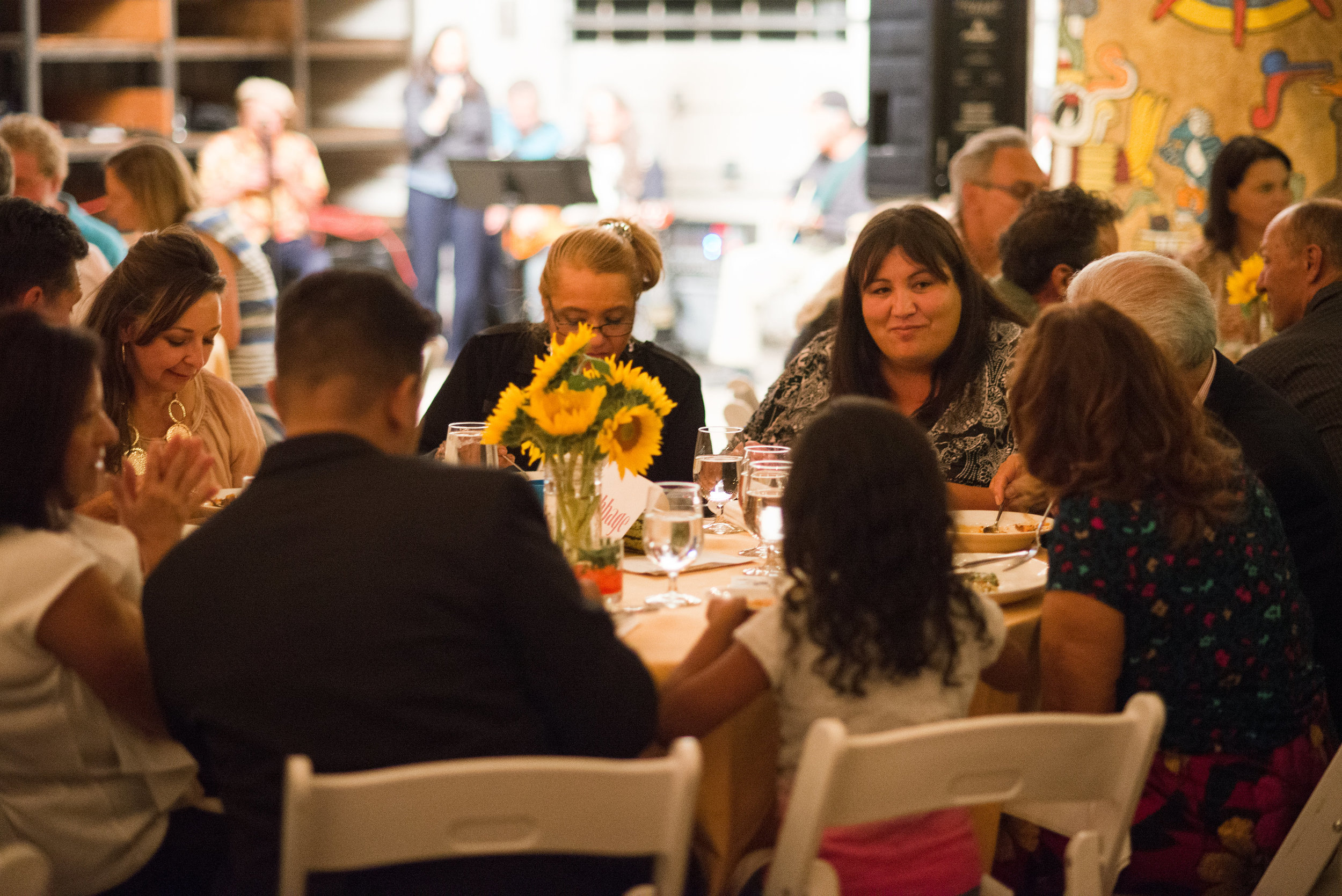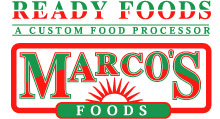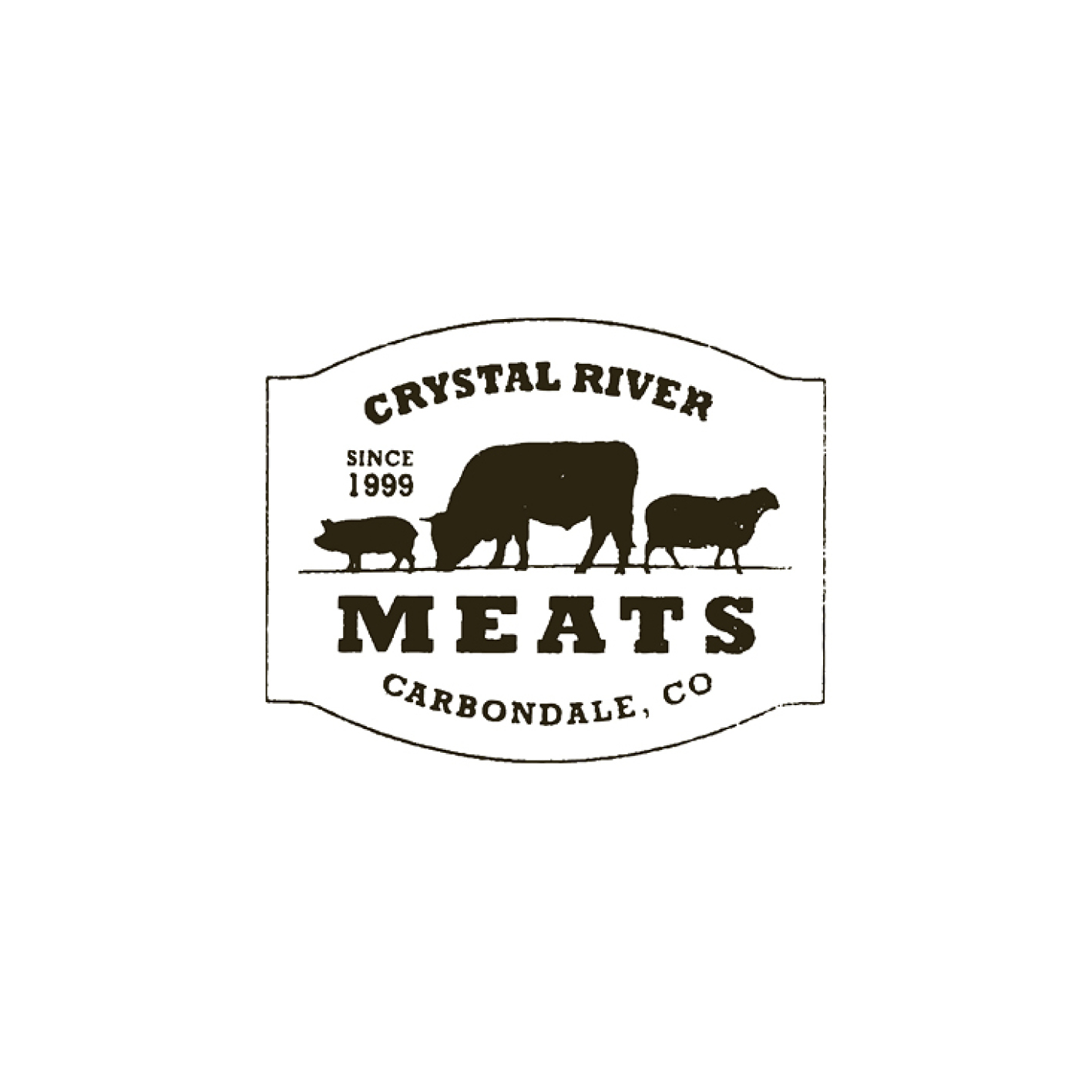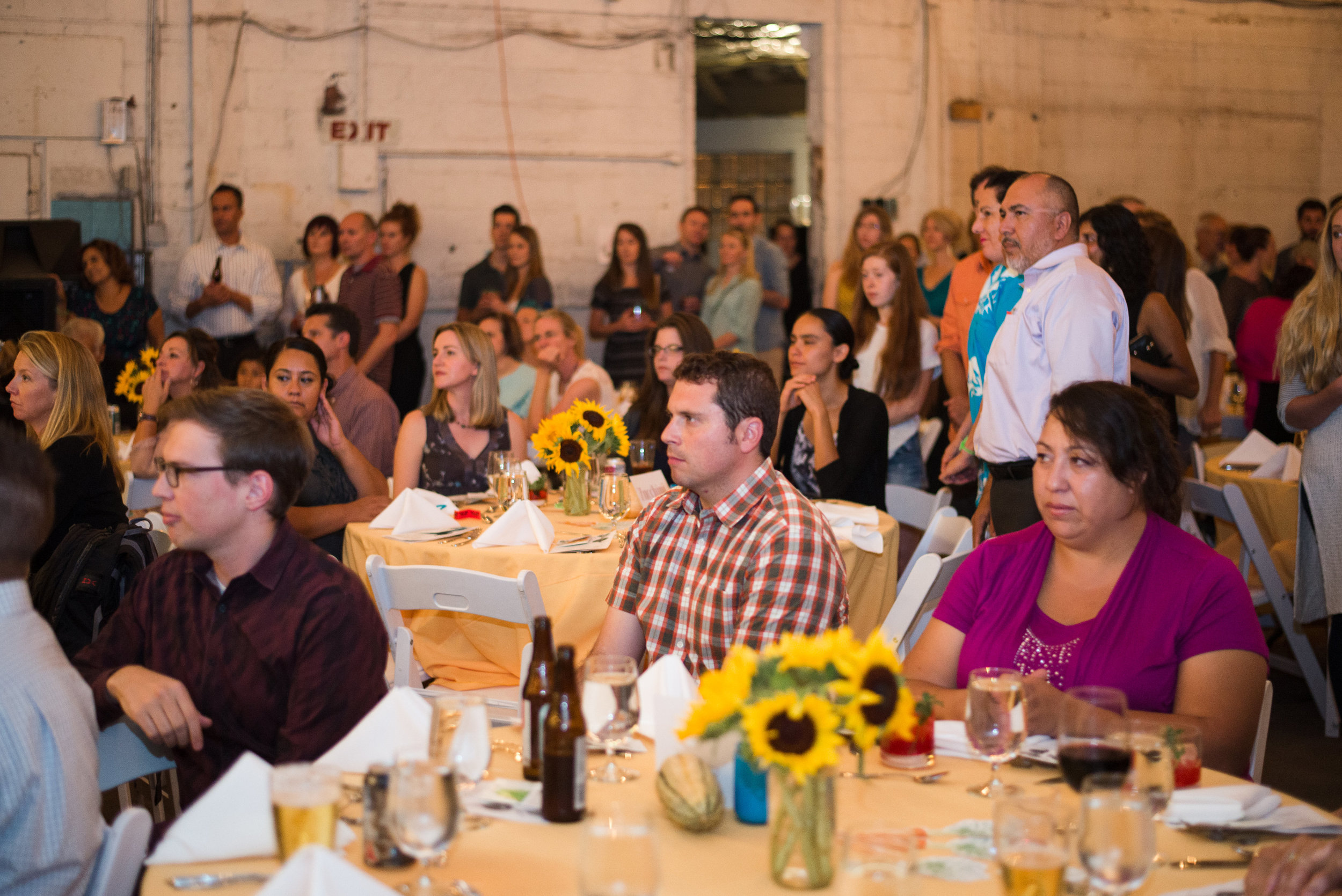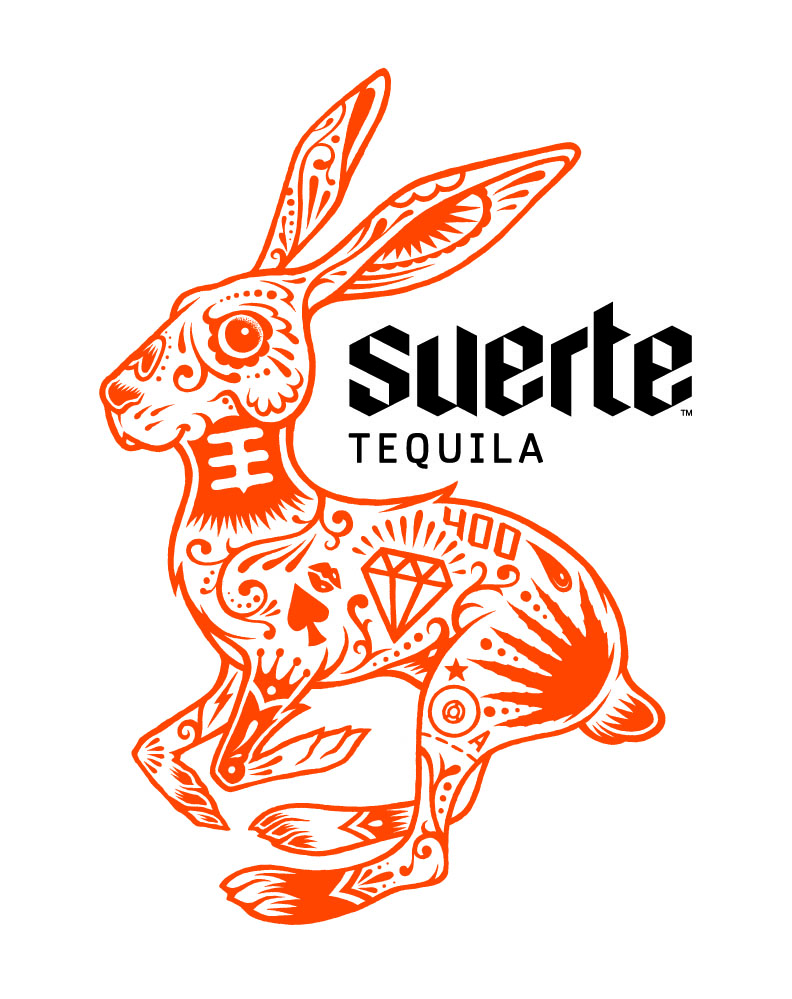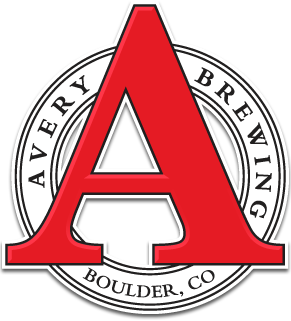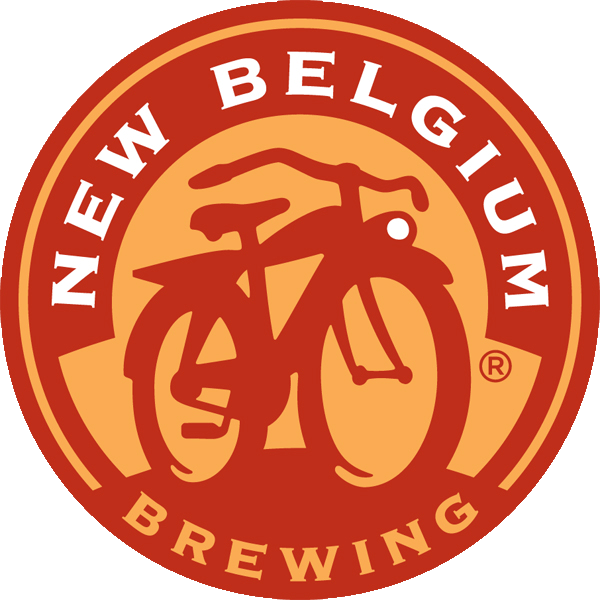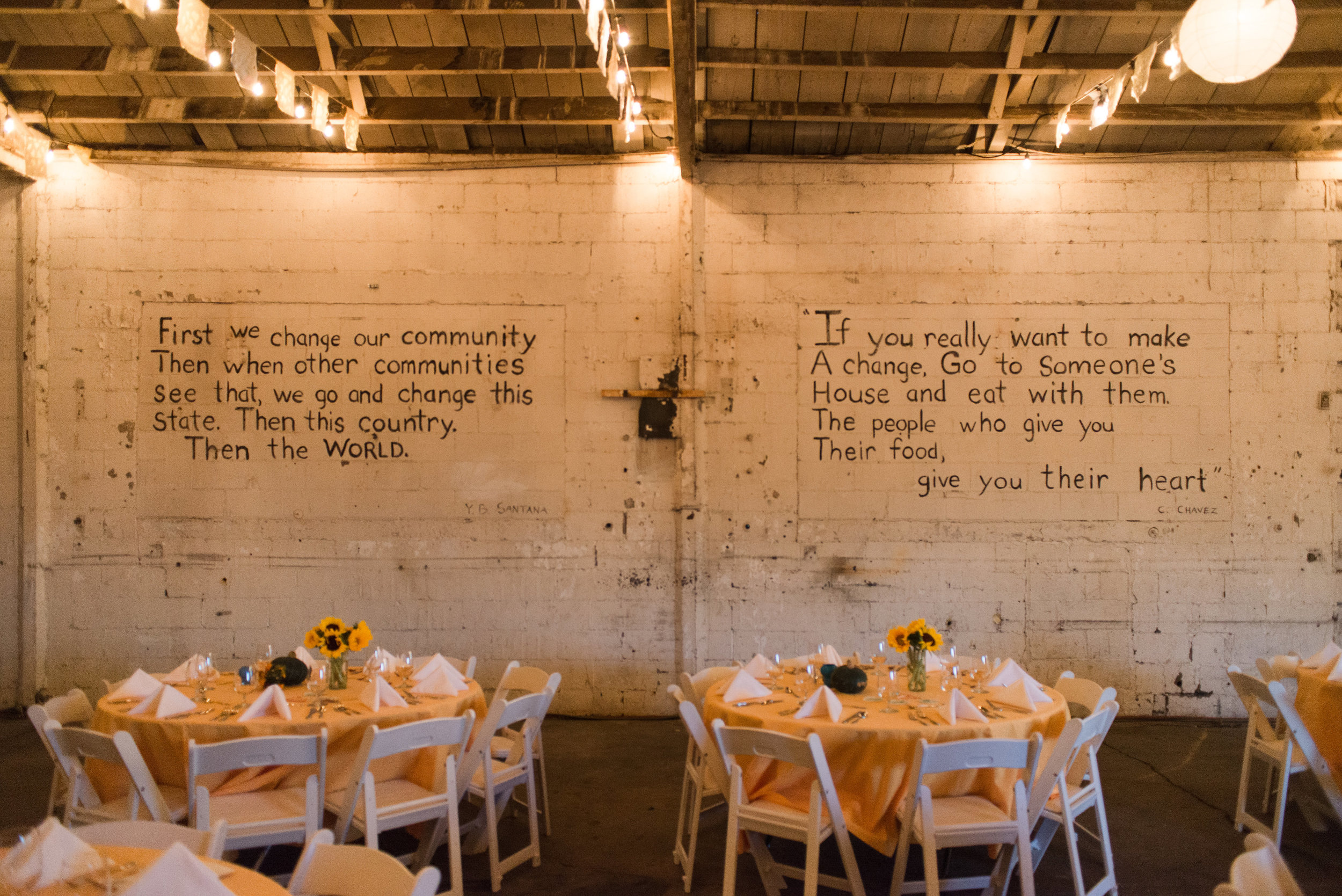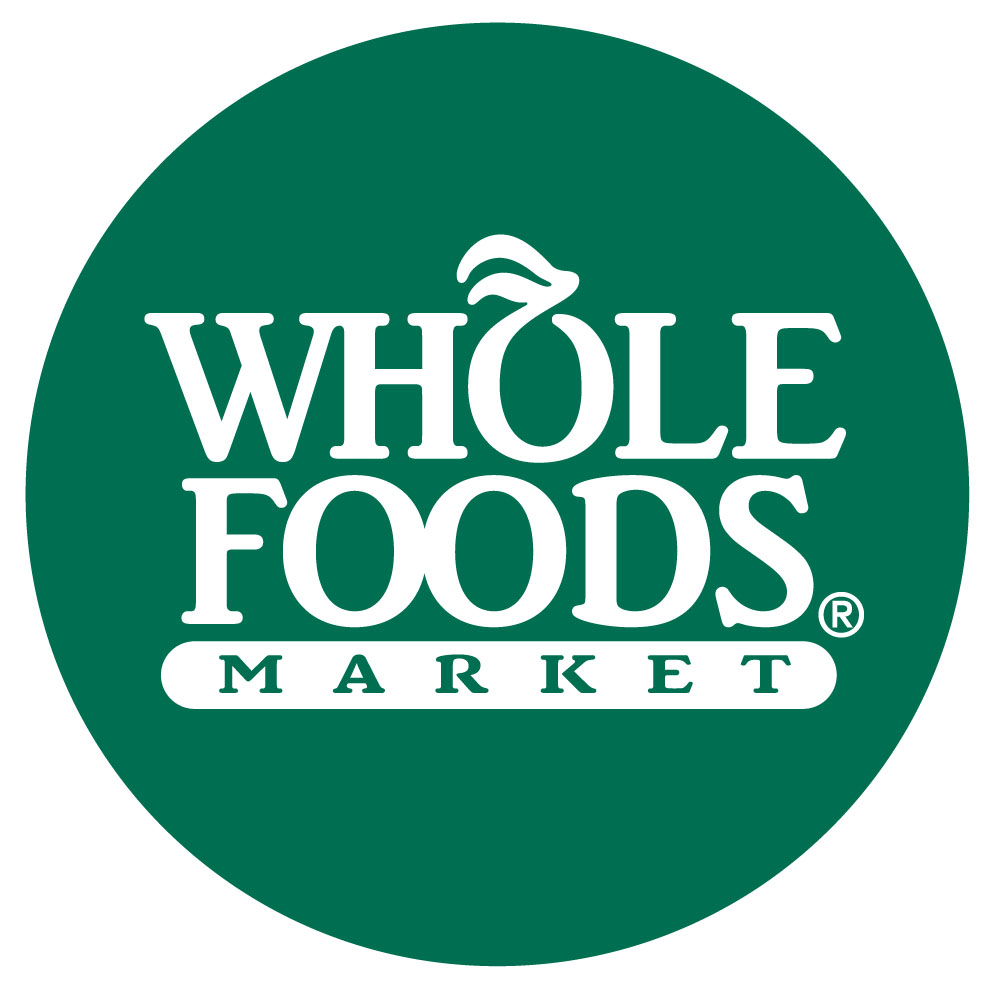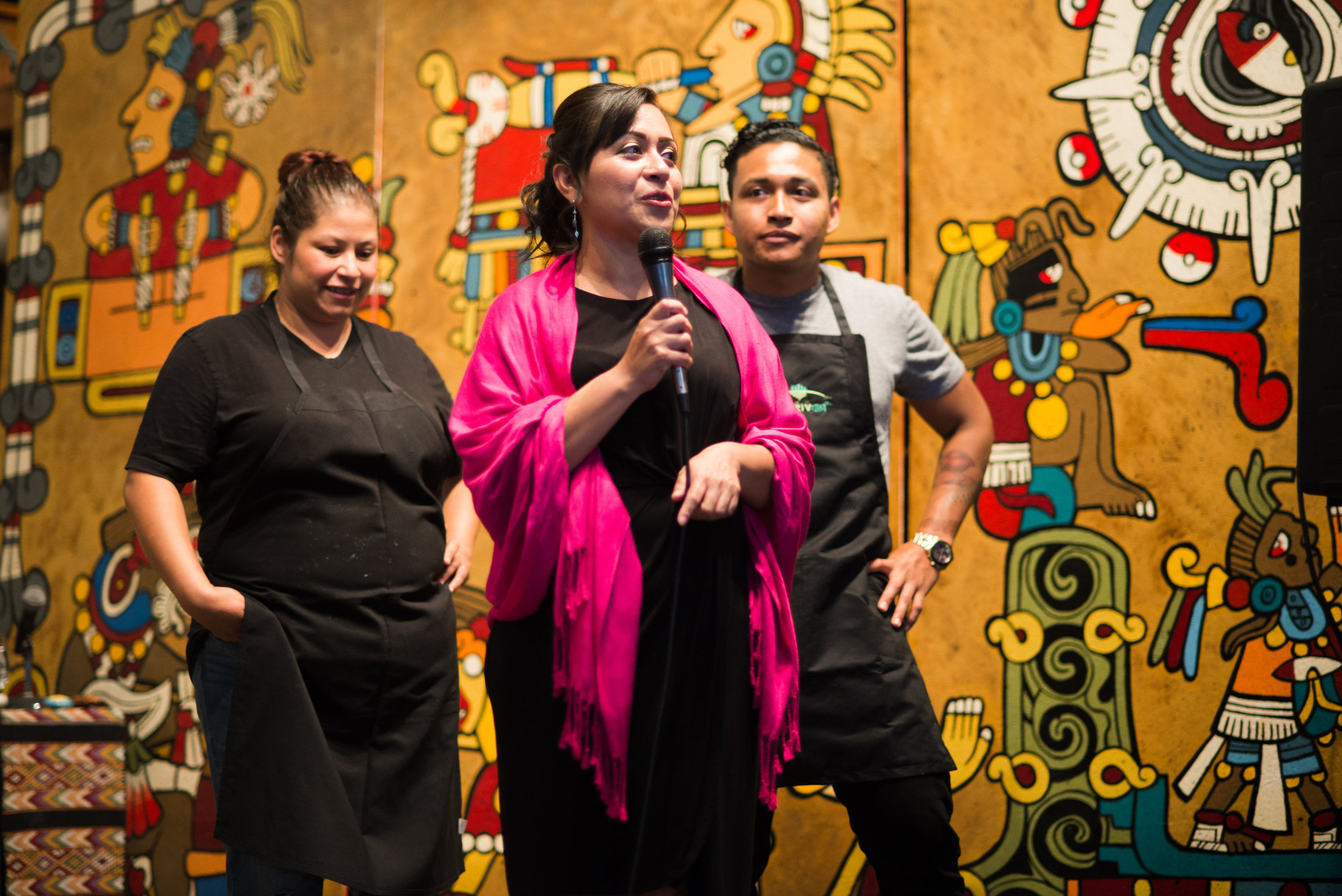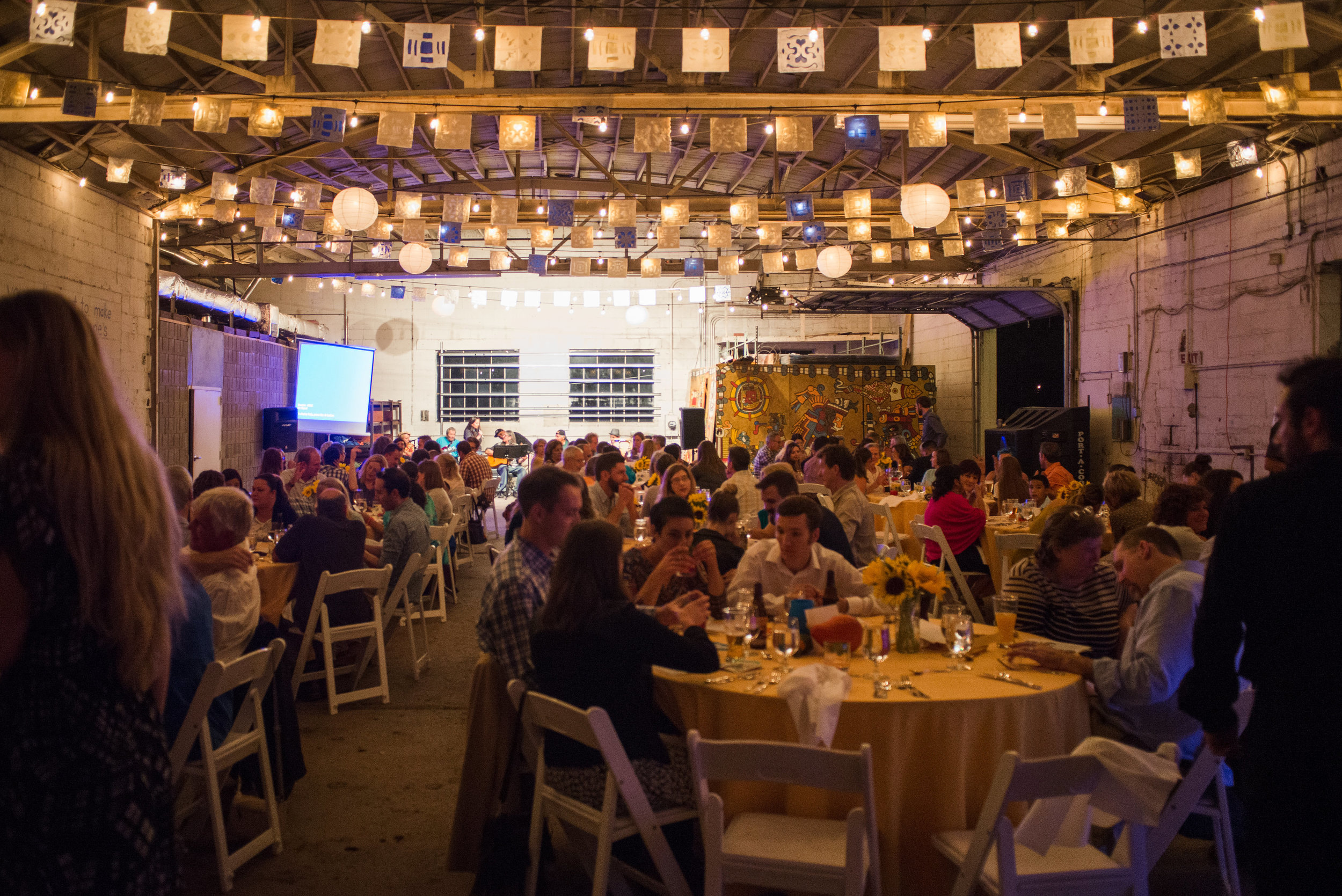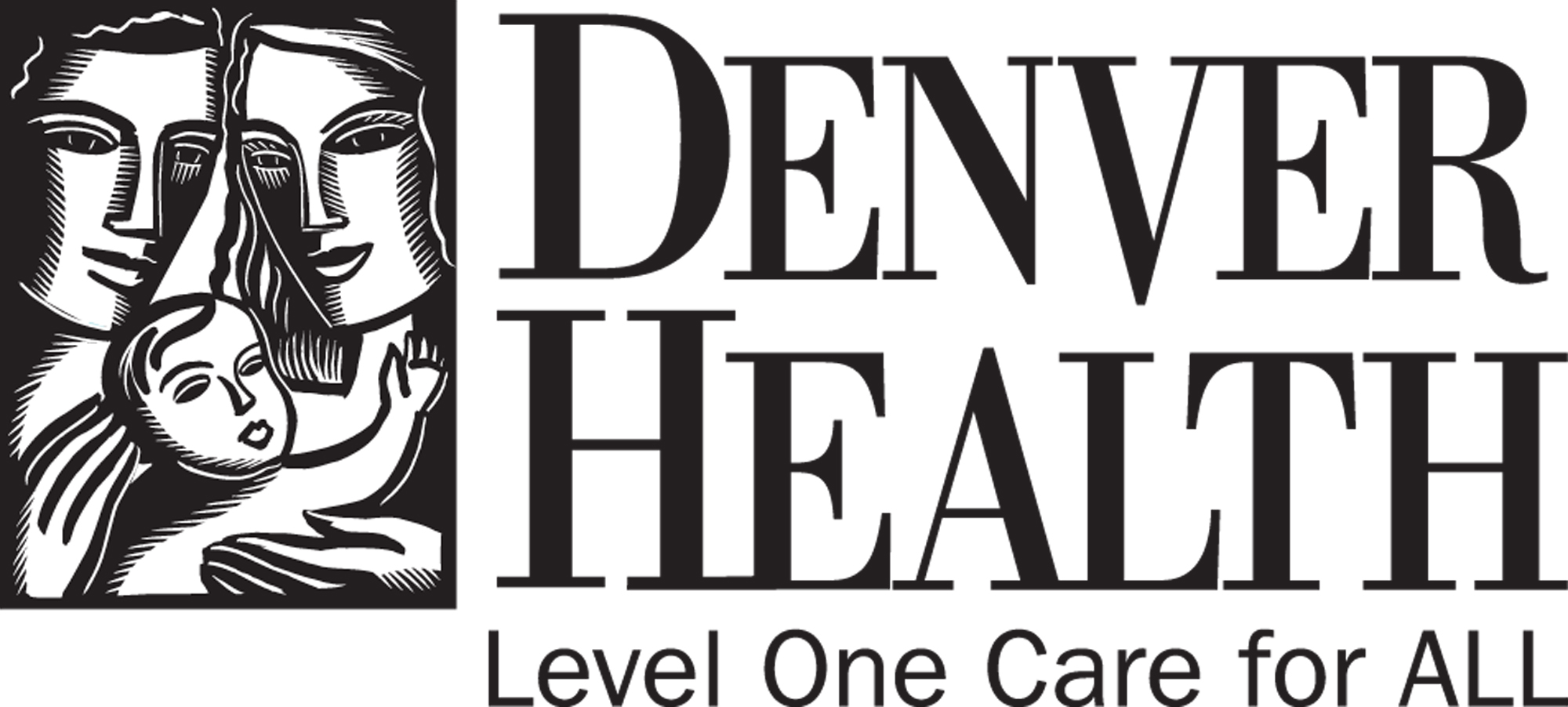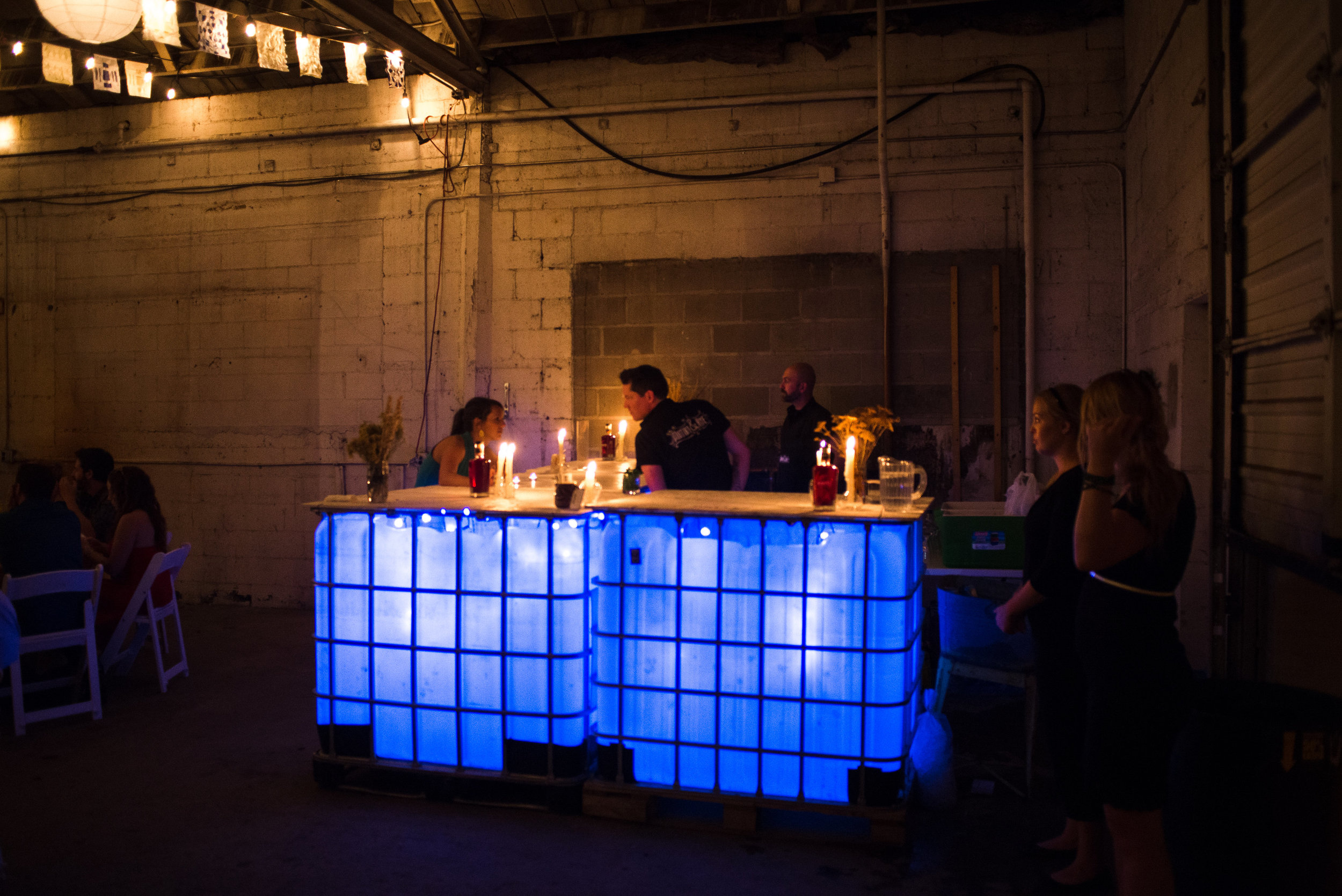
Re:Write
STORIES FROM THE FIELD, PROMOTORA RECIPES, AND CO-OP DEVELOPMENT LESSONS (PLUS SOME POLITICS AND HUMOR, TOO)
Re:Farm - Meet Antonia Aguirre
Re:Vision’s Re:Farm program exists to cultivate a community food system in an area otherwise considered a food desert. Since 2009, we have cultivated more than 1,700 cumulative gardens. The majority of our participants stay in the program for 3-4 years, after which point they have learned enough skills to continue gardening on their own.
However, there are always some exceptions to the rules. One special family has been with Re:Farm since 2013, Antonia Aguirre (or Doña Antonia as she is referred to by the Promotoras) and her late husband Jose Pitones. They joined the program because they missed gardening as they did back home in Zacatecas. While they both had strong agricultural backgrounds, they were elderly and needed help establishing their garden, so they contacted Re:Vision.
Community Promotora Letty Manquera with Doña Antonia
Letty Manquera, their Promotora, remembers even in their first year, their garden was beautifully maintained. At first they started with a small and manageable space, but by 2017, their garden took up 1/3 of their back yard.
Mr. Pitones handled the majority of the work in the garden. He always loved to work outside and the connection he felt to the earth and his home. When Jose was diagnosed with cancer in 2016, he had to step back a bit. But even after surgeries, or other treatments, the Promotoras would often find him working in the garden. In early 2017, Mr. Pitones fell ill and passed away. The entire Promotora team attended his funeral and continued to visit Doña Antonia on a regular basis even though it wasn’t growing season. When it came time to think about setting up her garden, Doña Antonia wanted to keep it going, as a way to keep herself busy and as a way to remember Jose.
Doña Antonia's garden in August of 2017
While it is standard for each Re:Farm family to be assigned one Promotora, it has become a bit of a tradition that when it’s time to visit Doña Antonia, at least a few come along. And, while it’s also standard to visit only twice a month, sometimes our team members drop in, just to check on her when they are nearby. She’s known to put the whole team to work, harvesting for the week, or pulling weeds. But everyone gladly chips in, knowing she cannot manage it on her own and knowing often times she shares her weekly harvest with her many family members who visit during the week. Whether it’s 9am, or late in the afternoon, Doña always has a full spread of traditional food she just happened to have “around.” And always included in the meal; fresh cut cucumbers or tomatoes.
While we seek to provide community members with the tools they need to grow their own solutions, Doña inspires our team each day. No matter what is going on in her life, she welcomes us into her home, with a smile on her face, conversation, and a home cooked meal. It's a reminder to our entire team that gardening is about so much more than growing food, it's about growing relationships and growing our community.
We've got some news.
It is with great pleasure that the Re:Vison Board of Directors announces the realignment of our management team and the appointment of Joseph Teipel as our new Executive Director.
Eric Kornacki
We are equally pleased to inform you that outgoing Executive Director, Eric Kornacki will remain with Re:Vision
where he will step into an important role charged with expanding resources to enhance organizational capacity and evaluate and chronicle impact.
As you may know, Joseph has a deep understanding of and commitment to Re:Vision’s mission and the community we serve
He co-founded the organization along with Eric in 2007, served as the Director of Operations for the last five years, and has most recently been serving as Acting Director during Eric’s paternity leave.
Joseph Teipel
Today, with 16 staff members and a budget over $1M, Re:Vision has transformed from an idea into a multi-faceted organization regarded by many as a model in the arenas of community leadership and food systems work.
Over this time, Joseph has proven to be a highly effective and capable leader and we believe he is uniquely positioned to lead our organization as we continue to grow and advance our mission in Southwest Denver. He has shared that he is “both incredibly excited and simultaneously humbled to step into the Executive Director role,” and that he is ready to ‘bring it on’ working with a team of “truly inspirational individuals from whom he learns every day.”
We want to assure you, and all of our community partners, that this has been a thoughtful process and we are confident this realignment will allow the organization to move forward with greater efficiency while maintaining the core values that have been at our foundation from day one.
We thank you in advance for your continued support and we are grateful for all that you have done in the past to support Re:Vision.
Sincerely,
Barry Teeters & Kerri Greenberg
Board President & Board Vice President
Property Update - Phase I
Re:Vision is incredibly excited to say that Phase I of the property development is just weeks away from breaking ground. Evan though the name Phase I implies not much has happened on the property yet, check out our last blog post about everything they've already accomplished.
As many of you know the small building on the property has already been transformed by Westwood Unidos, Westwood Healthy Places, and Re:Vision, into La Casita - a community-driven education & fitness center. The space is a magnet for community members - offering classes of all sorts 6 days a week. For more information and a class schedule, click here.
So, what Re:Vision is calling Phase I refers to a half million dollar investment from Denver's Office of Economic Development in the improvement of the outdoor space on the property, an urban farm & greenhouse, and sorely needed pedestrian and right-of-way improvements. At the heart of property will be a plaza - designed to be a gathering space for community members, pop-up events, or dance, music or art demonstrations. Surrounding the plaza will be demonstration gardens showcasing Colorado-appropriate plants, gardening techniques, as well as some more traditional herbs, trees and shrubs.
As you turn South you'll walk across a new parking lot which will be closed regularly for farmers markets, pop-up events, and community gatherings. On the other side, you'll walk along a sidewalk alongside the urban farm beds planted with several crops destined for community consumption until you get to a large (existing) concrete slab - even more space for community gatherings, but also home to a public restroom and farm stand, in addition to a 3,000 square foot greenhouse.
Finally, you'll be able to stroll along the sidewalk on W. Custer Place and S. Meade Street without fear of the current 8' tall chain link fence falling down on you! The sidewalk will be wider, with a retaining wall and lower fence transforming this right-of-way from an eye sore and barrier to walking into a beautiful, inviting property frontage.
Stay tuned for more updates!
Property Development Update - Intro
We're starting a series of short blogs about the development of our property in the heart of Westwood on Morrison Rd. As you may already know, Re:Vision is the owner and 'developer' of the property, which will be transformed, through various phases of construction and improvements, into a vibrant, multi-functional, community hub.
This is the property when we bought it - partially collapsed warehouse, overgrown with weed trees, dilapidated mobile home and semi trailers, and countless piles of trash and debris.
Since purchasing and taking control of the 1.7 acre junkyard property in early 2015, Re:Vision has been hard at work cleaning it up - abating asbestos, demolishing unsafe buildings, and hauling away trash and recycling. The property has come a long way and now has an active community education and fitness center, the beginnings of a 1-acre urban farm, and buildings we can 'use' for special events, gatherings, and meetings.
This is more or less where we're at today! A clean blank slate - and you can see the beginnings of an urban farm too.
The process of coming to a final Master Site Plan is still evolving - we know the overall components like Re:Vision's offices, a community courtyard and plaza, urban farm and greenhouse, a full-service grocery store run by the Westwood Food Cooperative, etc. However what has been evolving as more information comes to light is the best configuration and scale of these components on the property.
We've finally come to rest on a Phased approach to the build-out of the property. While many details are still in the works and final timelines, budgets, and partners are not finalized, we are more confident than ever this is the best path forward.
These phases will be shared over the next few weeks - so check back frequently!
Starting with Listening
Asnake Deferse was one of those people that I remember first having a significant conversation with in La Tiendita, a community market we piloted this fall. I am certain that we had met before, but it was in La Tiendita, surrounded by bags of grains and coolers of vegetables that Asnake began to explain to me about Sun Valley, a Denver neighborhood close to Westwood.
The following post was written by Megan Lloyd about a new program at Re:Vision called the Sun Valley Real Food Basket program. Last night (December 2, 2015, Re:Vision held their very first distribution of the Real Food Baskets to over 80 SunValley families). Here is Megan's story, about starting new programs, food justice, and listening.
Asnake Deferse was one of those people that I remember first having a significant conversation with in La Tiendita, a community market we piloted this fall. I am certain that we had met before, but it was in La Tiendita, surrounded by bags of grains and coolers of vegetables that Asnake began to explain to me about Sun Valley, a Denver neighborhood close to Westwood.
Originally from Ethiopia, Asnake has been living in the Sun Valley Housing units with his wife and four boys for quite sometime now. He told me about the diversity of Sun Valley residents, the obvious food desert the people are living in, and his dreams of bringing culturally appropriate and healthy food to the neighborhood. “I have a car. But a lot of people don’t. There are people who take a lot of buses to Aurora to get food. This is expensive.”
With Asnake as our coordinator and voice, we have spent the last month surveying residents, partnering with other Sun Valley organizations, learning from other programs around the country, and talking to people about they want and need to come up with something called the Real Food Basket program.
The Real Food Basket program is a weekly basket of real food, free of processed junk or old cans that residents generally find at their local food banks. That means fruit, vegetables, grains, spices, and even milk and eggs. The first round of these baskets will be free, allowing us to give people the full experience without the risk.
After the pilot, boxes will cost anywhere from $12-$19 and residents can use their SNAP dollars to purchase them. We will include recipes and even have monthly cooking classes at the pick-up site. At our first distribution, a few of our coordinators will be doing free health screenings. We are hoping to connect other food initiatives in Sun Valley to create a collaborate cluster of people working to bring real food to the community and to all of Denver.
These sound like amazing things. And they are! But if I am being completely honest, I’m scared. I constantly wonder, “Do people even want this?” The reality is that Sun Valley is an incredibly diverse housing unit and sometimes I don’t even know where to begin. But I know that Asnake wants it, that he understands his community, and he believes this will make things better.
The key to Re:Vision’s model is working with people. When we first started planting in backyards, people thought that we were crazy. A full team of Promotores and 400 gardens later, residents are leading these programs, taking control of their health, and helping launch the Westwood Food Co-op.
So we start small. We start by eating sour pancake-like bread called injera and drinking thick cardamom coffee in Asnake’s home. We start by going to neighborhood meetings. We start by sitting down and talking with people about their stories, needs, and what they want for their own neighborhoods. We start by listening.
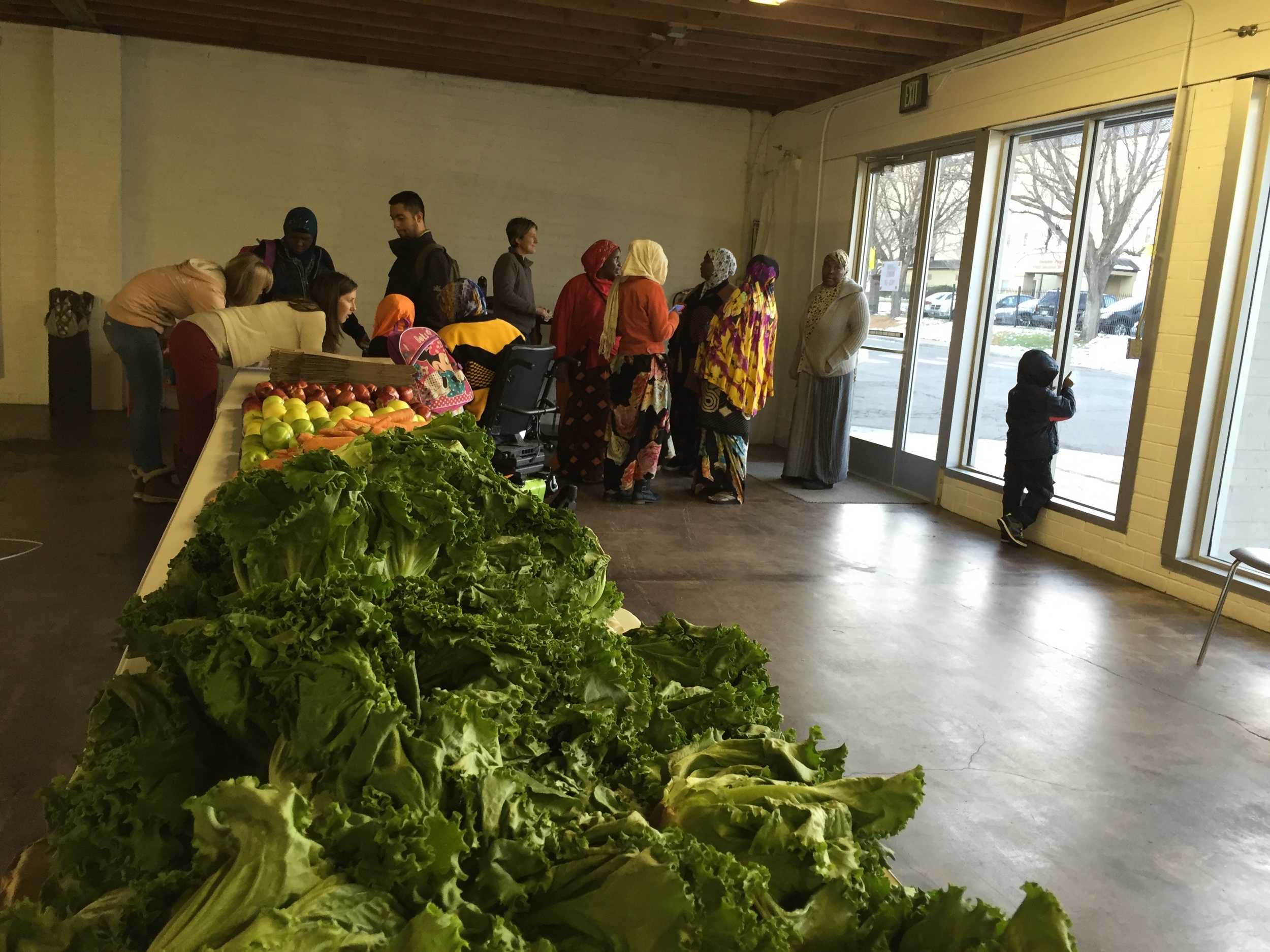








The Heart of our Kickstart
A few Wednesdays ago, I hesitated, and then pressed "submit."
That moment set off a 30 day count-down. The goal was to raise 50K to fill the inside of the warehouse that will become the Westwood Food Co-op with lighting, shelves, freezers, shopping carts, and if we could raise a little more, a patched roof.
A few Wednesdays ago, I hesitated, and then pressed "submit."
That moment set off a 30 day count-down. The goal was to raise 50K on Kickstarter to fill the inside of the warehouse that will become the Westwood Food Co-op with lighting, shelves, freezers, shopping carts, and if we could raise a little more, a patched roof.
To get things rolling, we threw off a farm-to-table event called De La Plata Al Planto. Remarkable leaders from across Denver pitched in their time, energy, and support. Woody Tasch from Slow Money was our MC. Dana Rodriguez from Work&Class and Edwin Sandoval from Sputino were our chefs. Dylan and J.P. our bar tenders. And a group of incredible corporate sponsors purchased tables and offered us in-kind support to help us transform our run-down warehouse into a beautiful event space. Our staff worked tirelessly to cut Mexican Fiesta flags out of tissue paper for days. Our videographer super vacuumed the entire warehouse floor. David never stopped worked on ladders and rooftops to prep the site. And our very own Eric became a star electrician the day of the event!
The effort was inspiring, and to sit with so many passionate people helped me see in full color what we do every day - come together to drive a movement by everyone for everyone.
At the event - we raised $9K directly on the Kickstarter campaign platform, and additional donations went towards putting on the event and covering the costs of the campaign (but because they were checks could not be directly input into the credit card system). Together as a community, we are creeping closer and closer to our 50K goal, but we still have a ways to go.
You and this community - you are our heart. And we need you now. Here are two fast ways you can help:
1. This next week, the community is rallying together for another fundraiser, a Kickstarter Zumbathalon to dance their way to 50K. Join us this next week on October 19, 6-8 pm at 3738 Morrison Rd Denver CO 80219 to show your support, and help us spread the word about this campaign.
2. Take 90 seconds right now to write your friends, tell your neighbors, and send your staff an email.
Thank you thank you thank you for absolutely everything that you have done. Without the amazing support we have received so far, we won't be where we now are.
We have nine days left! Let's keep it roaring! And enjoy the photos!
A special thank you to our event sponsors, our amazing volunteers, and partners:
- Alpine Bank
- Assured Benefit Solutions
- Avery Brewing
- Colorado First Bank
- The Colorado trust
- Crystal River Meats
- Denver Health
- Denver Water
- FirstBank
- Kin Collective
- Mutiny&Rye
- New Belgium Brewing
- Noosa Yogurt
- Ready Foods
- Suerte Tequilla
- WholeFoods
- Work&Class
- Anna Jones
- Barb Frommell
- Edwin Sandoval
- Grupo Tlaloc
- Jon Romero Band
- Santiago Jaramillo
Te Necesitamos! (We need YOU)
We need you.
For the last six years, Re:Vision has worked for better food access for Westwood. And right now, the community is very very close to opening the Westwood Food Co-op, proving to the country that community-owned solutions can conquer food deserts.
We need you.
For the last six years, Re:Vision has worked for better food access for Westwood. And right now, the community is very very close to opening the Westwood Food Co-op, proving to the country that community-owned solutions can conquer food deserts.
This is HUGE. But we can't do it without you.
We have launched a crowd-funding campaign to take us the home-stretch to opening the store. And the only way we're going to make it to the $50K goal is if all of our closest allies - you - share the word. Tweet your friends, nudge your neighbors, praise our work loudly at your local coffeeshop, whatever creative ideas you can come up with, let's rally the support needed to make this happen.
Below, we have included some tips on how to get the word out. The two minutes it will take to share our campaign right now could have an enormous impact on whether we make our Kickstarter goal.
Thank you for all of your support, we have only made it this far because of each and every one of you.
In solidarity,
your friends at Re:Vision
TWEET THIS:
Help @Revision_Coop launch #Denver's first #foodcoop grocery store, and put an end to the #fooddesert! http://ow.ly/SRk7g
SHARE THIS:
Re:Vision and the Westwood community need you! Together, we're crowd-funding $50k to launch the Westwood Food Co-op - the very first food cooperative of its kind that is owned and operated by a community living in a food desert. Help them by sharing this campaign, and get sweet perks like a voice message from Denver Mayor Michael Hancock or a membership! https://www.kickstarter.com/projects/westwoodfoodcoop/launch-the-westwood-food-co-op-to-feed-food-desert
You know what's great...we made it to eight!
Eight years ago today,
they announced that they would stay.
There was a bike trip,
and a party hosted by Rip,
but another vision was under way.
We wrote you all a poem to celebrate Re:Vision's eighth birthday. Congratulations to everyone who have gotten us this far, and here's to many more to come. Thank you all for taking the time, to rehash the journey with us through a playful rhyme!
Eight years ago today,
they announced that they would stay.
There was a bike trip,
and a party hosted by Rip,
but another vision was under way.
Place-based solutions, Eric said.
Joseph knowingly nodded his head.
So with a vision revisioned for the people who toil,
together, two founders dug their hands into the soil.
There was also this neighborhood
That had been a bit misunderstood.
Grocery stores wouldn’t open there.
And it seemed as though most of Denver didn’t care.
But a vision revisioned is a site to see;
especially when it’s owned by a community.
And so a group of people who were once told that they can’t
Went door to door and neighbor to neighbor to teach each other to plant.
They planted seeds that every year they would sow.
They planted ideas that began to grow and grow.
Just seven backyard gardens was the start.
Now in our eighth year, over 400 families participate with heart.
And would you ever even guess,
But a grocery store they’re starting, yes!
Such a power is an idea whose time has come,
When we realize we are only as powerful as our collective sum.
Join us today to celebrate.
Have you heard, we’ve made it to eight!
And here’s a toast to many more,
that we will revel in our new community store!
EL OTOÑO ES LA NUEVA PRIMAVERA/ Fall is the new spring!
La mayoría de la gente piensa en la jardinería como un evento de solo una vez - se planta en la primavera y se cosecha una vez en el otoño, y eso es todo. En realidad, algunas estrategias diferentes pueden ayudarle a usted y a su familia a cosechar los beneficios de su jardín varias veces durante toda la temporada!
Most people think of gardening as a one-time event - you plant in the spring, harvest once in the fall, and that’s it. Actually, a few different strategies can help you and your family reap benefits from your garden multiple times throughout the season!
¡Planta de una cosecha al final de la temporada y cosecha dos veces el beneficio de tu jardín!
La mayoría de la gente piensa en la jardinería como un evento de solo una vez - se planta en la primavera y se cosecha una vez en el otoño, y eso es todo. ¡En realidad, algunas estrategias diferentes pueden ayudarle a usted y a su familia a cosechar los beneficios de su jardín varias veces durante toda la temporada! En primer lugar, se puede practicar la siembra sucesiva en la que se planta un poco de un determinado cultivo cada dos semanas más o menos, como zanahorias, rábanos o nabos, y tendrá cosecha durante todo el verano. ¡En segundo lugar, se puede cosechar las hojas individuales en un momento de su lechugas, espinacas, col rizada y acelgas para que la planta pueda crecer de nuevo, y usted puede tener ensaladas frescas durante todo el verano! ¡Por último, se puede plantar una cosecha de fines de temporada! Contrariamente a la creencia popular, la primavera no es la única temporada de siembra. Durante los mediados o finales de verano es un momento ideal para plantar semillas para una segunda temporada de jardinería que puede ser tan productivo como sus principales plantas de principios de la primavera. ¡Estos crecen bajo el suelo a lo largo de los últimos días más calurosos de la temporada, y emergen justo a tiempo para las temperaturas más bajas en septiembre y octubre, listos para una hermosa cosecha de otoño! Puede parecer extraño el inicio de nuevas semillas cuando mucho de su verano sigue cultivando la calabaza y tomates, pero vale la pena el esfuerzo. Cualquier cosa que le guste las temperaturas primaverales más frescas son buenos cultivos para esta técnica de siembra en la temporada tardía. Los candidatos son las zanahorias, rábanos, puerros, lechugas, guisantes, cebolletas, la espinaca, la acelga, brócoli, y rúcula.
¡Así que recuerde, el final del verano no es el final de la temporada de crecimiento! ¡Mantenga su jardín creciendo mediante la plantación de algunos de estos cultivos de fines de temporada, y háganos saber cómo le está yendo al compartir algunas fotos!
FALL IS THE NEW SPRING!
Plant a Late Season crop and reap twice the benefit from your garden!
Most people think of gardening as a one-time event - you plant in the spring, harvest once in the fall, and that’s it. Actually, a few different strategies can help you and your family reap benefits from your garden multiple times throughout the season! First, you can practice successive planting in which you plant a little bit of a certain crop every two weeks or so, such as carrots, radishes or turnips, and harvest throughout the summer. Secondly, you can harvest individual leaves at a time from your lettuces, spinach, kale and chard so that the plant can grow back, and you can have fresh salads throughout the summer! Lastly, you can plant a late season crop! Contrary to popular belief, spring is not the only season for planting. Mid to late summer is an ideal time to plant seeds for a second gardening season that can be as productive as your major early spring plantings. They’ll grow under the soil throughout the last hottest days of the season, and emerge just in time for cooler temperatures in September and October, ready for a beautiful fall harvest! It may seem odd to be starting new seeds when a lot of your summer produce like squash and tomatoes are still cranking, but it's well worth the effort. Anything that likes cooler spring-like temperatures are great crops for this late season planting technique. Great candidates are carrots, radishes, leeks, lettuce, peas, scallions, spinach, chard, broccoli, arugula.
So remember, the end of summer is not the end of the growing season! Keep your garden growing by planting some of these late season crops, and let us know how you’re doing by sharing some pictures!
FERTILIZANTE – ¿POR QUE? ¿COMO Y CUANDO?/FERTILIZER - WHY, WHEN AND HOW?
Es posible que ya haya recibido su dosis de fertilizante de su Promotora la semana pasada, y es posible que se pregunten exactamente de qué se trata todo esto. Hay una gran cantidad de productos y a veces puede ser confuso entender el por qué, cómo y cuándo debemos aplicar los fertilizantes. Re:Vision está aquí para ayudar!
You may have received your dose of fertilizer from your Promotora last week, and you may be wondering just what all of that is about! There are a lot of products out there, and sometimes it can be confusing to understand why, how and when we should apply fertilizers. Re:Vision is here to help!
FERTILIZANTE – ¿POR QUE? ¿COMO Y CUANDO?
Es posible que ya haya recibido su dosis de fertilizante de su Promotora la semana pasada, y es posible que se pregunten exactamente de qué se trata todo esto. Hay una gran cantidad de productos y a veces puede ser confuso entender el por qué, cómo y cuándo debemos aplicar los fertilizantes. Re:Vision está aquí para ayudar!
POR QUE?
Las plantas crecen utilizando la energía del sol combinado con nutrientes extraído de la tierra. Debido a que la materia orgánica en el suelo tiene nutrientes como una esponja, la tierra que es fértil y con buen desagüe, y que regularmente es enriquecida con fertilizante a menudo tiene un suministro razonable de nutrientes para las plantas. Pero a veces, son necesarias algunas modificaciones adicionales para asegurar que todas las cantidades necesarias de nutrientes estén disponibles para nuestros cultivos. Los tres nutrientes principales que la mayoría de las personas están familiarizadas con son el nitrógeno (N) el fósforo (P) y el potasio (K). En términos generales, el nitrógeno es responsable de producir crecimiento de las hojas y es el principal químico implicado en la fotosíntesis. El nitrógeno es considerado uno de los nutrientes de las plantas más importantes, a menudo el factor decisivo más importante en el crecimiento de la planta y el rendimiento del cultivo. Usted puede saber si su planta carece de nitrógeno si ve un color amarillo en las hojas y un poco de marchitamiento. El fosforo ayuda en la madurez de la planta, apoya el desarrollo vigoroso de las raíces, tallos, flores y frutos. Es la pieza fundamental en todas las plantas vivas. Las plantas deficientes en fósforo suelen ser muy pequeñas, con hojas de color púrpura oscuro y venas que son visibles. El potasio fortalece la planta en general, proporcionando resistencia a las enfermedades y reduciendo el estrés de la planta. El potasio permite que las plantas desarrollen raíces fuertes, tallos gruesos, sanos y grandes, fruta abundante. Las plantas que necesitan en potasio a menudo desarrollan los tallos débiles, tallos y frutos pequeños y semillas arrugadas.
CUANDO?
La fertilización es especialmente útil desde el principio, cuando las plantas están haciendo un crecimiento rápido. Sin embargo, un aumento de nutrientes, conocido como la 'alimentación' de la planta, se puede necesitar de nuevo cuando las plantas están a punto de dar fruta. Es por esto que el fertilizante se distribuyó en las últimas semanas, justo cuando empezamos a ver los primeros tomates y pimientos haciendo progresos. Mientras que diferentes plantas tienen diferentes necesidades, mira la siguiente tabla para recomendaciones de fertilización para algunos de los cultivos más comunes: (nota: algunos cultivos comunes como habas, rábanos y zanahorias no figuran ya que generalmente no son ‘pesados' y por lo tanto no requieren mucho fertilizante adicional.)
COMO?
Los fertilizantes vienen en muchas formas, pero el fertilizante repartimos es hidrosoluble. Eso significa que simplemente se puede mezclar con un poco de agua y se aplica directamente al suelo alrededor de la base de la planta, por lo que las raíces se comen los nutrientes! Usted puede poner una cucharada a todas sus plantas que están dando fruto - tomates, pimientos, calabaza, melón, brócoli, etc.!
En general, el fertilizante puede ser un tema complicado, pero es importante recordar que la mejor manera de 'alimentar' sus plantas es con un suelo fuerte, balanceado y saludable! Si usted necesita un poco de fertilizante adicional para algunas de sus frutas y verduras, use ingredientes naturales de la mejor manera que pueda, y utilícelo mínimamente! Esperamos que esta explicación de los nutrientes principales que las plantas necesitan, y estos consejos rápidos sobre el fertilizante sea útil. Pregúntele a su Promotora si necesita más ayuda con los fertilizantes!
FERTILIZER - WHY, WHEN AND HOW?
You may have received your dose of fertilizer from your Promotora last week, and you may be wondering just what all of that is about! There are a lot of products out there, and sometimes it can be confusing to understand why, how and when we should apply fertilizers. Re:Vision is here to help!
WHY?
Plants grow using energy from the sun combined with nutrients taken from the soil. Because the organic matter in soil holds nutrients like a sponge until they are needed by plants, soil that is fertile, well-drained, and regularly enriched with compost often holds a reasonable supply of plant nutrients. But sometimes, additional amendments to our soil are needed to ensure all the necessary amounts of nutrients are available for our crops. The three major nutrients that most people are familiar with are nitrogen (N) phosphorus (P) potassium (K). Generally speaking, Nitrogen is responsible for producing leaf growth and is the main chemical involved in photosynthesis. Nitrogen is considered one of the most important plant nutrients, often the most important deciding factor in plant growth and crop yield. You can tell if your plant is lacking nitrogen if you see a lot of yellowing in the leaves and a bit of wilting. Phosphorus aids in plant maturity, supports the vigorous development of roots, stems, blossoms and fruits. It is the major building block in all living plants. Plants deficient in phosphorus are usually dwarfed and spindly, with dark purple leaves and veins that are visible. Potassium strengthens the overall plant, providing resistance to disease and reducing plant stress. Potassium enables plants to develop strong, thick stems, healthy roots and large, plentiful fruit. Plants in need of in potassium often develop weak stems and stalks, small fruit and shriveled seeds.
WHEN?
Fertilizing is especially helpful early on, when plants are making fast new growth. However, a nutrient boost, known as ‘feeding’ the plant, may be needed again when plants are just about to fruit. This is why fertilizer was distributed in the last few weeks, just when we start to see the first tomatoes and peppers making headway. While different plants have different needs, check out the table below for fertilizer recommendations for some of the most common crops: (notice some common crops like beans, radishes and carrots aren’t listed because they generally aren’t ‘heavy feeders’ and thus don’t require much additional fertilizer.)
HOW?
Fertilizers come in many forms, but the fertilizer we handed out is water soluble. That means it can simply be mixed with a bit of water and applied directly to the soil around the base of the plant, so the roots will eat up the nutrients! You can put about a spoonful next to all of your plants that are fruiting - tomatoes, peppers, squash, melons, broccoli, etc.!
In general, fertilizer can be a complicated issue, but its important to remember that the best way to ‘feed’ your plants is to have strong, balanced, healthy soil! If you need a little extra fertilizer for some of your fruits and veggies, stick to the all natural stuff as best as you can, and use minimally! We hope this explanation of the major nutrients plants need, and these quick tips on fertilizer were helpful. Ask your Promotora if you need more assistance with fertilizer!
